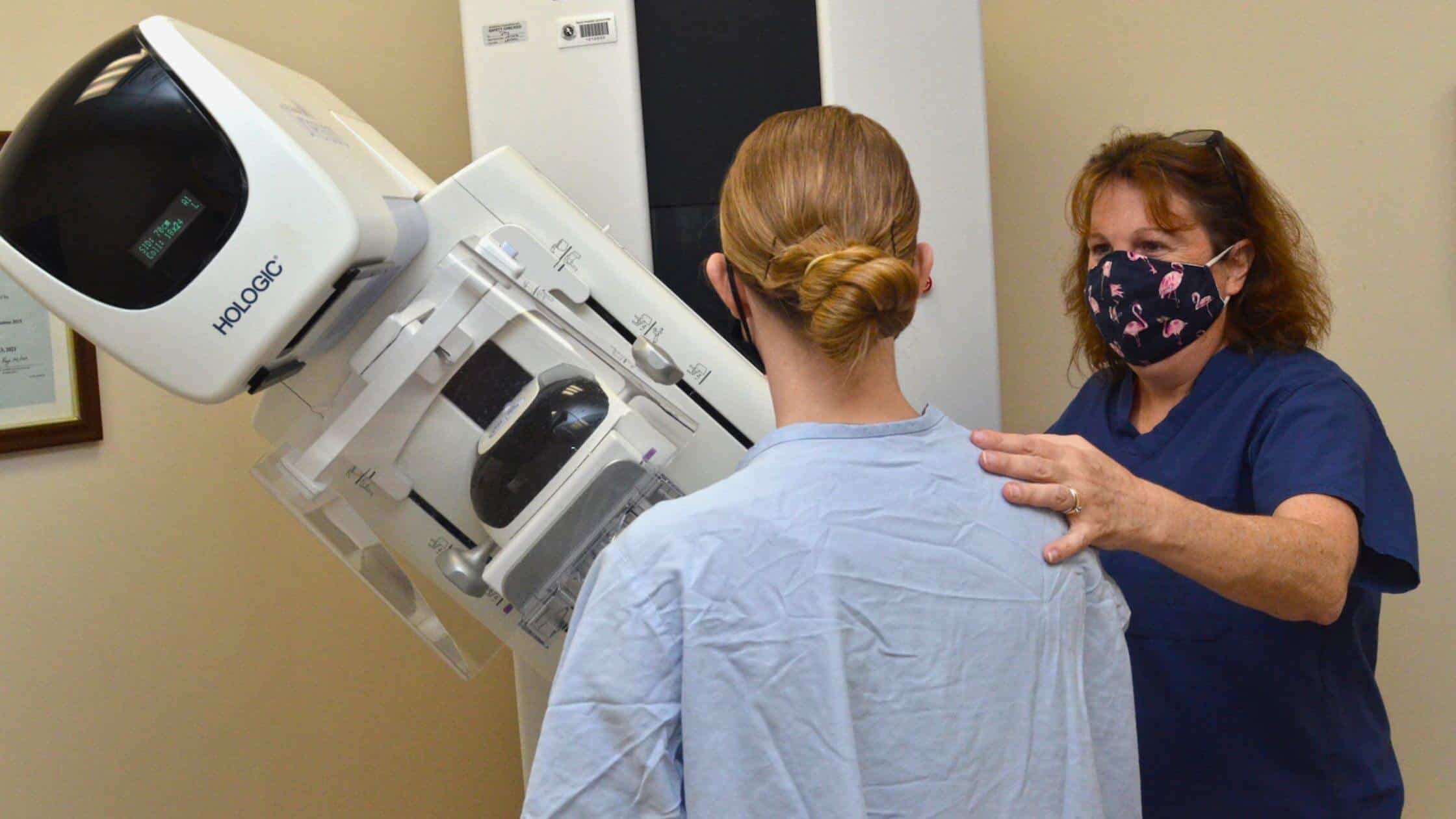How To Catch Breast Cancer Before It Progresses?
Nikki Attkisson | Last Updated : August 27, 2022According to the American Cancer Society, nearly 2,000 women in the U.S. will die from breast cancer each week—that’s one woman every 54 minutes.
The unfortunate reality of this disease is that it kills more women each year than any other type of cancer, including ovarian, lung, and uterine cancers combined. The good news is that early detection makes all the difference between living and dying from breast cancer.
The Power Of Early Detection: How To Find Breast Cancer Early Enough To Stop It From Spreading?
As per the American Cancer Society, approximately 1 in 8 women in the United States will develop breast cancer at some point in their lifetime.
There are several factors that contribute to a woman’s risk of developing breast cancer, including family history, personal health history, age, and more.

However, one of the most important things you can do to catch breast cancer early is to perform regular self-breast exams.
In addition to self-breast exams, you should also get a mammogram every year starting at age 40. Mammograms are x-rays of the breast that can spot tumors that are too small to detect without them.
Here are 5 things you should know about early detection
- Early detection is the key to surviving breast cancer.
- The earlier you catch it, the easier it is to treat.
- There are many ways to detect breast cancer early, including self-exams, mammograms, and clinical breast exams.
- Symptoms of breast cancer can include a lump or mass in the breast, changes in the size or shape of the breast, nipple discharge or changes, and skin changes.
- If you notice any changes in your breasts, see a doctor right away.
More From PowdersvillePost:
🔵Advanced Breast Cancers Can Be Treated With Immunotherapy Treatment
🔵New Research, Immunity Against Advanced Breast Cancers
9 facts from around the world
- According to the World Health Organization, breast cancer is the most common cancer among women worldwide, with nearly 2 million new cases diagnosed each year.
- In 2018, an estimated 627,000 women died from breast cancer – that’s about 15% of all cancer deaths in women.
- The good news is that early detection is key to successful treatment and survival rates are improving. In the US, the 5-year survival rate for breast cancer detected early is 99%.
- However, not all women have access to quality screening and treatment facilities. In some parts of the world, breast cancer mortality rates are as high as 25%.
- Globally, over 150 million people still do not know they carry the BRCA1 or BRCA2 mutation – which can increase their risk of developing breast cancer by up to 90%.
- Researchers at Johns Hopkins University School of Medicine discovered how a gene called BRDT activates two important proteins called p53 and p21, halting tumor growth in its tracks (a process called senescence).
- Most cancers are named after where they were first discovered; however, doctors eventually dropped carcinoma from the name because so many other types of malignant tumors had been found—including leukemia, lymphoma, sarcoma, and melanoma—to warrant distinction between types.
- Some studies suggest there is a genetic predisposition to one type of breast cancer versus another. For example, female carriers of mutations in either the BRCA1 or BRCA2 genes have up to an 87% lifetime risk of developing breast cancer.
- Not only is early detection key to lowering mortality rates, but it also lessens pain and burden associated with diagnosis and treatment by catching it before progression occurs.
6 things you can do right now
- Plan to get your mammogram done every year; it’s the best way to detect breast cancer at the earliest stage when it’s the most treatable.
- Know your family history. If you have a family member who has had breast cancer, you may be at a higher risk.
- Pay attention to changes in your breasts. If you notice any changes in size, shape, or texture, be sure to bring it up with your doctor.
- Limit your alcohol consumption and don’t smoke. These habits can put you at risk for breast cancer.
- Maintain a healthy weight and exercise regularly. Both obesity and a sedentary lifestyle are linked to an increased risk of breast cancer. A review of 34 studies found that overweight women were up to 78% more likely to develop the disease than their thinner counterparts.
In addition, lack of physical activity has been shown to cause long-term increases in estrogen levels, which can lead to hormone-related cancers like breast cancer.
6. Get regular health screenings for other diseases that could indicate something else going on besides just your routine checkups with your physician. Remember, prevention is key!
References:
🔵WebMD (2005-2022) Breast Cancer (Available Online):https://www.webmd.com/breast-cancer/default.htm
🔵National Library Medicine (n.d) Developing Technologies for Early Detection of Breast Cancer: A Public Workshop Summary (Available Online):https://www.ncbi.nlm.nih.gov/books/NBK225748/
With over 15 years as a practicing journalist, Nikki Attkisson found herself at Powdersville Post now after working at several other publications. She is an award-winning journalist with an entrepreneurial spirit and worked as a journalist covering technology, innovation, environmental issues, politics, health etc. Nikki Attkisson has also worked on product development, content strategy, and editorial management for numerous media companies. She began her career at local news stations and worked as a reporter in national newspapers.